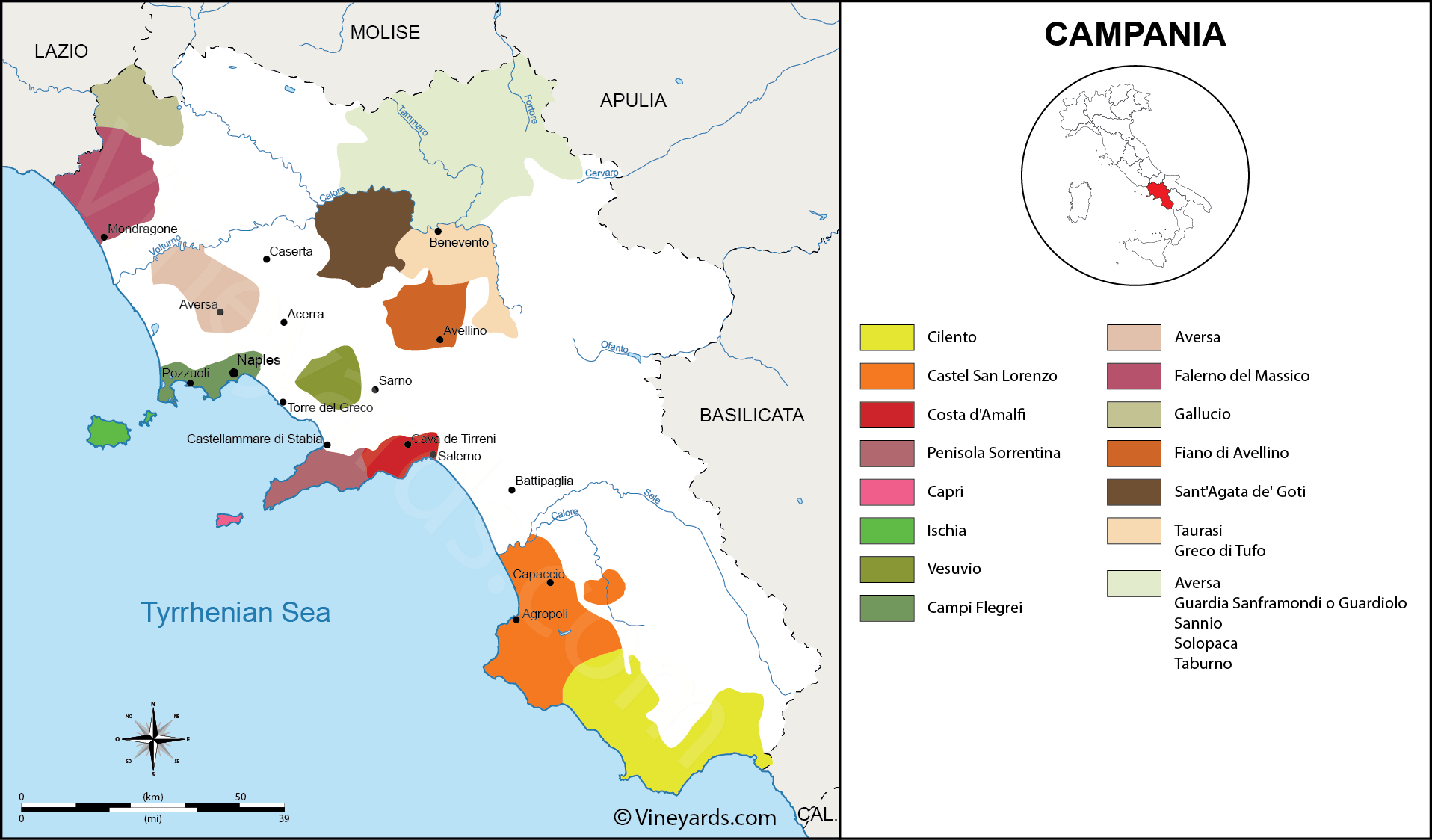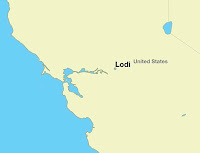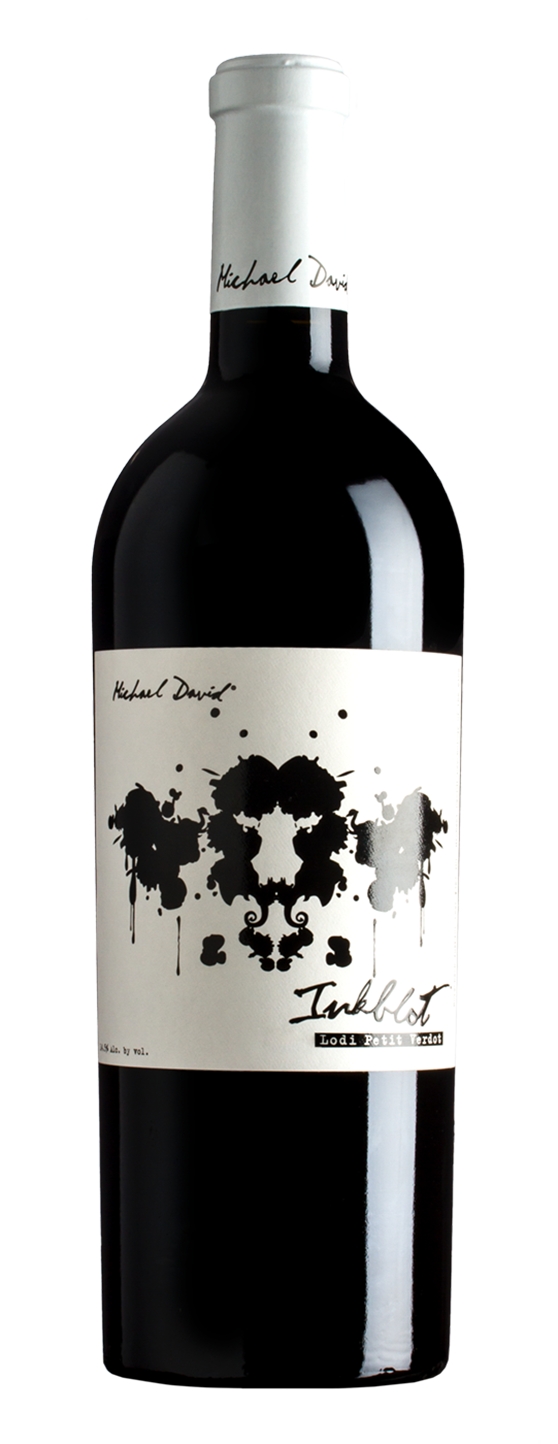Luckily for us, that didn't happen, and Papa Pinot was right -- the Willamette Valley does not only produce quality wine, it produces outstanding wine. If you're wine-nerdy like I am, this might not come as a total surprise (plus hindsight is definitely 20-20,) as the climate and soils are similar to those in Burgundy, one of the world's best regions for Pinot Noir.
The Willamette industry grew so exponentially and has become so well-regarded that it's easy to forget this place has been making wine only a bit longer than I've been alive. Lett was certainly the pioneer, but there are many iconic producers who arrived early, jumped in with both feet, and who are now pushing the boundaries of the region's potential, figuratively, but also literally.
Rollin Soles of Roco Winery got his start at Argyle, one of the earliest notable Willa wineries (still producing great wines and continuing to rack up the kudos today,) and his experience there gave him an intimate knowledge of the region and the confidence to not only set out on his own but to explore the boundaries of where winemaking is possible that far north. He speaks with the passion and wonder of a 19th-century explorer on the cusp of a great discovery: "When you're at the edge, you can be successful presenting a beautiful Pinot Noir." This "true expression" of Pinot is what inspires him to make wine right at the limit. He has such affection for the vineyards he sources his fruit from, Soles believes they could all produce outstanding single-vineyard wines. (And perhaps that is on the horizon?!)
Soles' 2018 Roco Gravel Road Willamette Valley Pinot Noir is like the sun poking out after a quick summer shower, reflecting stunning prisms off all surfaces. A pale ruby-red color, bright and fresh red cherry fruit -- a little cherry cola situation too -- plus rhubarb, anise, underripe blackberry, with a whiff of spice and earth on the finish. High acidity as expected, with subtle integrated tannins and high alcohol. ~$25
 I was curious about the level of alcohol, as I tasted a few more Willa Pinots and saw they all were over 14%. This was unexpected to me, as I assumed the generally cool climate wouldn't seem to encourage so much sugar ripeness to achieve that level of abv. I asked Lynn Penner-Ash of Penner-Ash wine cellars about that aspect of the winemaking.
I was curious about the level of alcohol, as I tasted a few more Willa Pinots and saw they all were over 14%. This was unexpected to me, as I assumed the generally cool climate wouldn't seem to encourage so much sugar ripeness to achieve that level of abv. I asked Lynn Penner-Ash of Penner-Ash wine cellars about that aspect of the winemaking."It is my belief that the increased alcohols are indicative of our warming growing region. We’ve worked hard to maintain balance and get phenolic ripeness but do have to work to keep the alcohol levels from being out of balance with the wines. We’ve really seen more success these days doing multiple pickings within the same block to be able to keep natural acidity, get phenolic ripeness, and balanced wines. That drives our vineyard managers crazy..." but gives her many more options for blending to achieve balance. (She also credits more efficient yeasts, GO YEAST!)
Lynn was one of Willa's first female winemakers, joining the team at another early winery, Rex Hill, in 1988. Back then there were only 49 wineries; now there are around 780! Talk about exponential growth. Somewhat along Soles' philosophy, Penner-Ash looks to source fruit from all of the unique growing areas dotted around the Valley. Her main goal is to blend these special vineyards together to craft the epitome of "what Willamette is." The Penner-Ash main blend is sourced from ten different vineyards across six AVAs (American Viticultural Areas; sites designated as individual wine production areas sharing similar characteristics.) This practice also gives her flexibility due to Oregon's vintage variability -- if some sites underperform one year, she has other ways to balance out the wine. And much like Champagne houses' signature blends, Penner-Ash looks to keep a consistent style from year to year with her largest bottling, the Willamette Pinot Noir.
 The 2017 Penner-Ash Willamette Valley Pinot Noir is like teatime at Downton Abbey, a little dark and brooding, but elegant, with sublime floral perfume. It is a cherry-red color, with smoke and spice, some cocoa/mocha, definitely a more savory style. The acidity isn't so blinding, but still shines brightly, with high alcohol and enough low chalky tannins and body and intensity to carry the fruit flavors over the long minerally finish. A really gorgeous wine. ~$42
The 2017 Penner-Ash Willamette Valley Pinot Noir is like teatime at Downton Abbey, a little dark and brooding, but elegant, with sublime floral perfume. It is a cherry-red color, with smoke and spice, some cocoa/mocha, definitely a more savory style. The acidity isn't so blinding, but still shines brightly, with high alcohol and enough low chalky tannins and body and intensity to carry the fruit flavors over the long minerally finish. A really gorgeous wine. ~$42Michael Etzel was another early drinker of the Willamette Kool-Aid, founding his winery Beaux Frères in the early 1990s. (Along with his brother-in-law, the wine critic Robert Parker, who has since left the company.) Etzel's son Mikey is now taking on more of the reins, as the second generation of Willamette wine families is finally starting to be ushered in. Some of Beaux Frères' innovation includes an upcoming collaboration with winemakers from Burgundy -- which is intriguing, as folks from old world regions tend to be insular and protective. I, for one, will keep my eyes peeled to see what happens there!
But at home, Etzel is another winemaker who prides the place where he sources his wine; the back label of his 2018 Pinot Noir states TWELVE different vineyards with the percentage of wine from each!
The 2018 Beaux Frères Willamette Valley Pinot Noir is a walk in the woods on a crisp fall morning. A ruby-purple color, with bright raspberry, cherry, and cranberry fruit, a dusty purple violet/lavender sheen, a bit of sweet cigar leaf, with zingy acidity, high alcohol, good body and intensity, and supportive tannins over the finish. Maybe a bit of a rollercoaster right now; I'd love to see this in a year or so when all the components integrate a scootch more. ~$58
The Willamette Valley is already regarded as one of the best places for Pinot Noir in the world (they do grow other grapes there; look for iconic cool-climate-loving Pinot Gris and Chardonnay, but also Pinot Blanc, Riesling, and Meunier are finding success.) Now that iconic winemakers like these are fully confident in their vineyards, comfortable pushing boundaries, and bringing in the next generation, who knows what the future holds?
# # #
A special thank-you to wine.com for providing these wines and organizing a virtual tasting with the winemakers.
Please like "Wine Minx" on Facebook, subscribe on YouTube here, and follow on IG and Twitter @wineminxannie for more!































